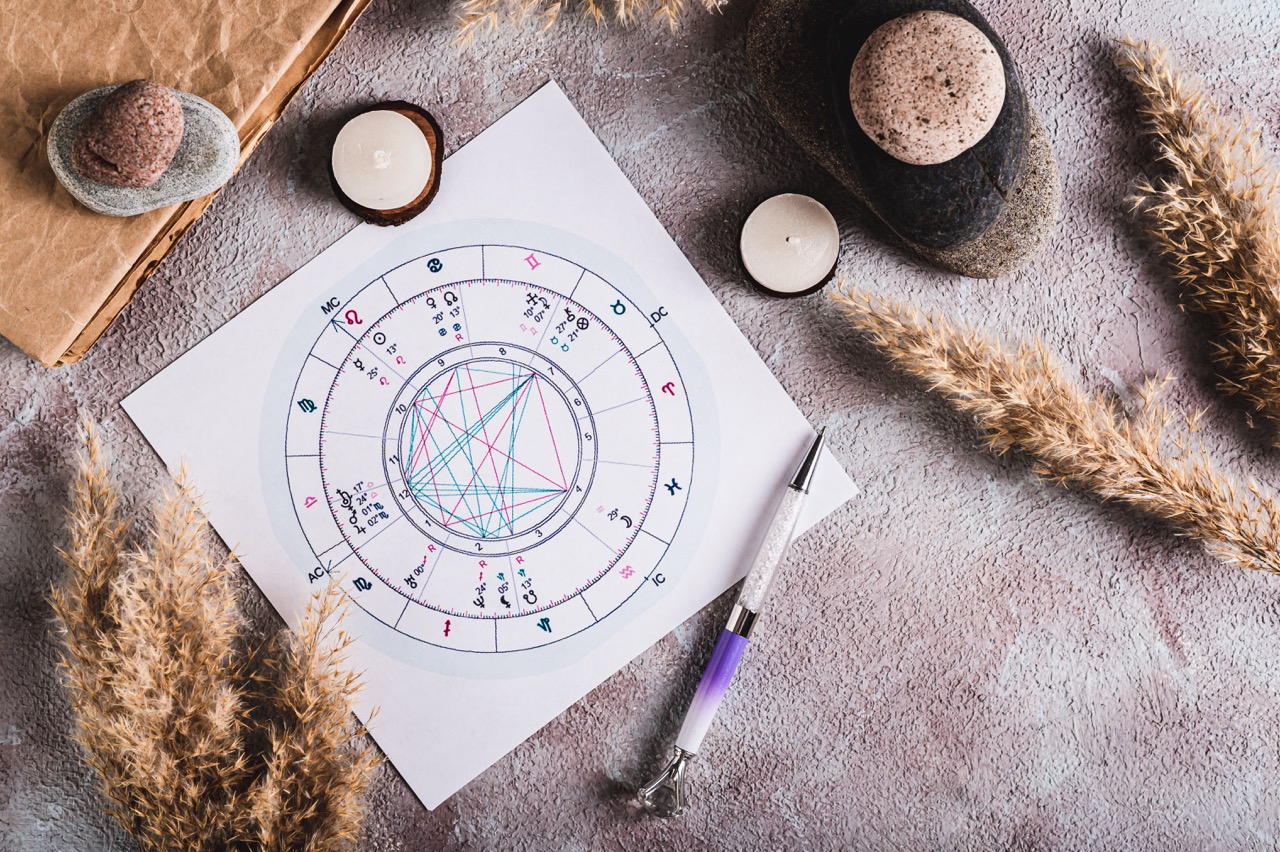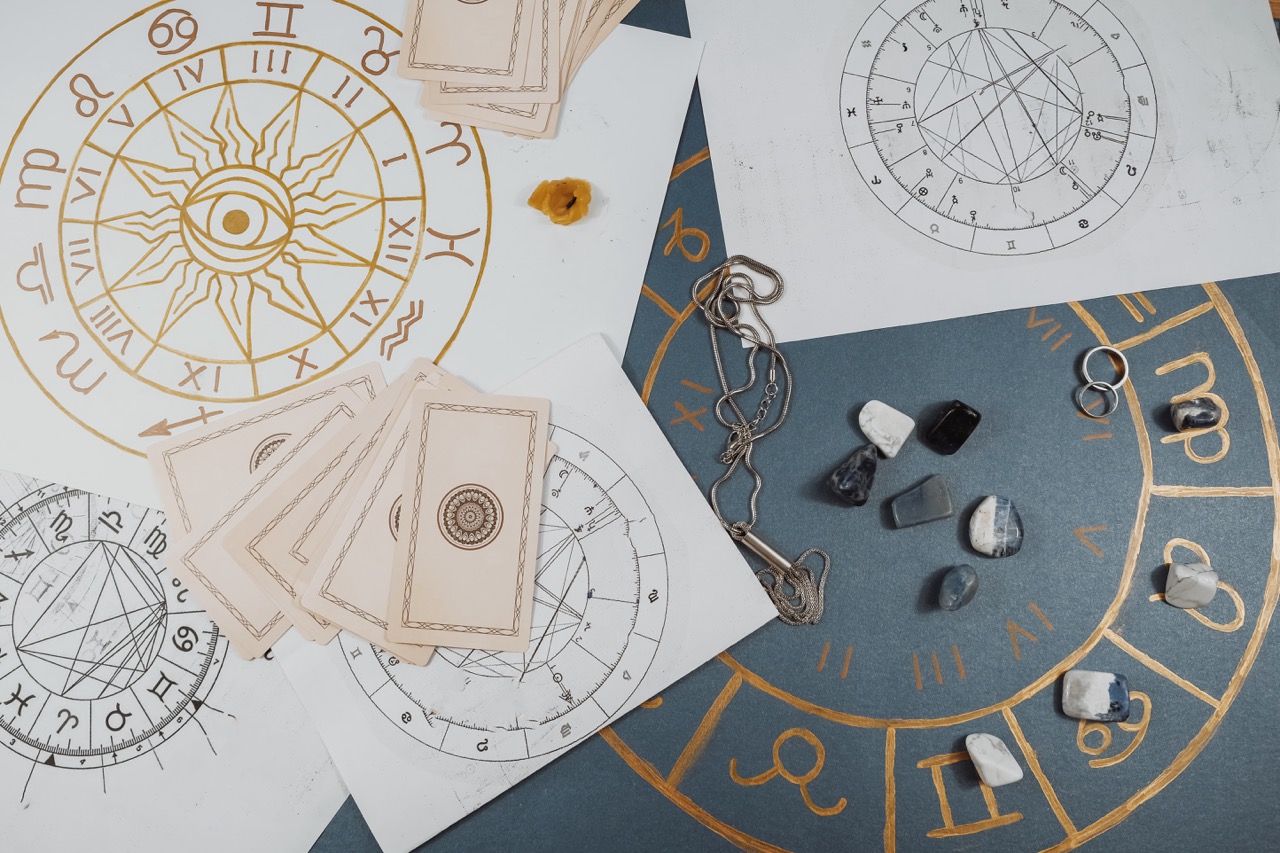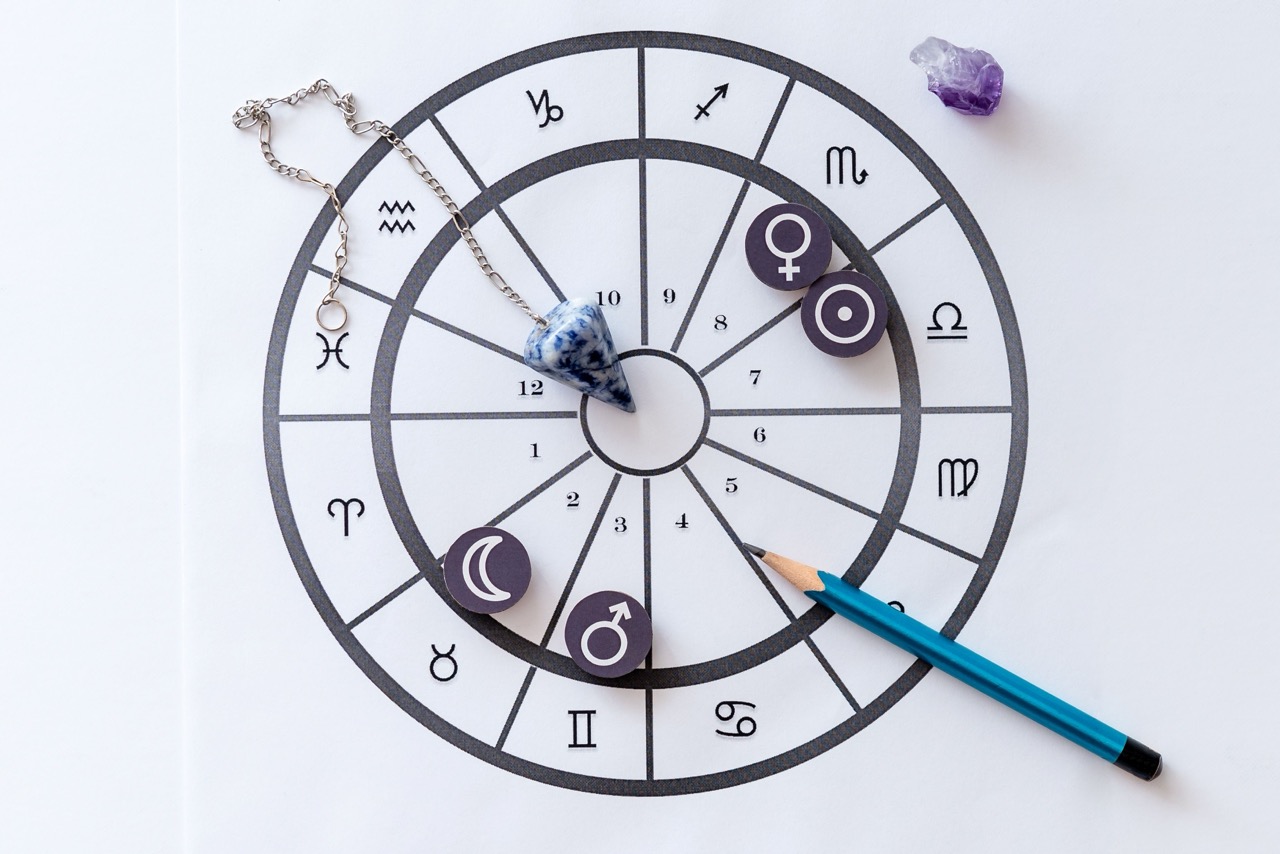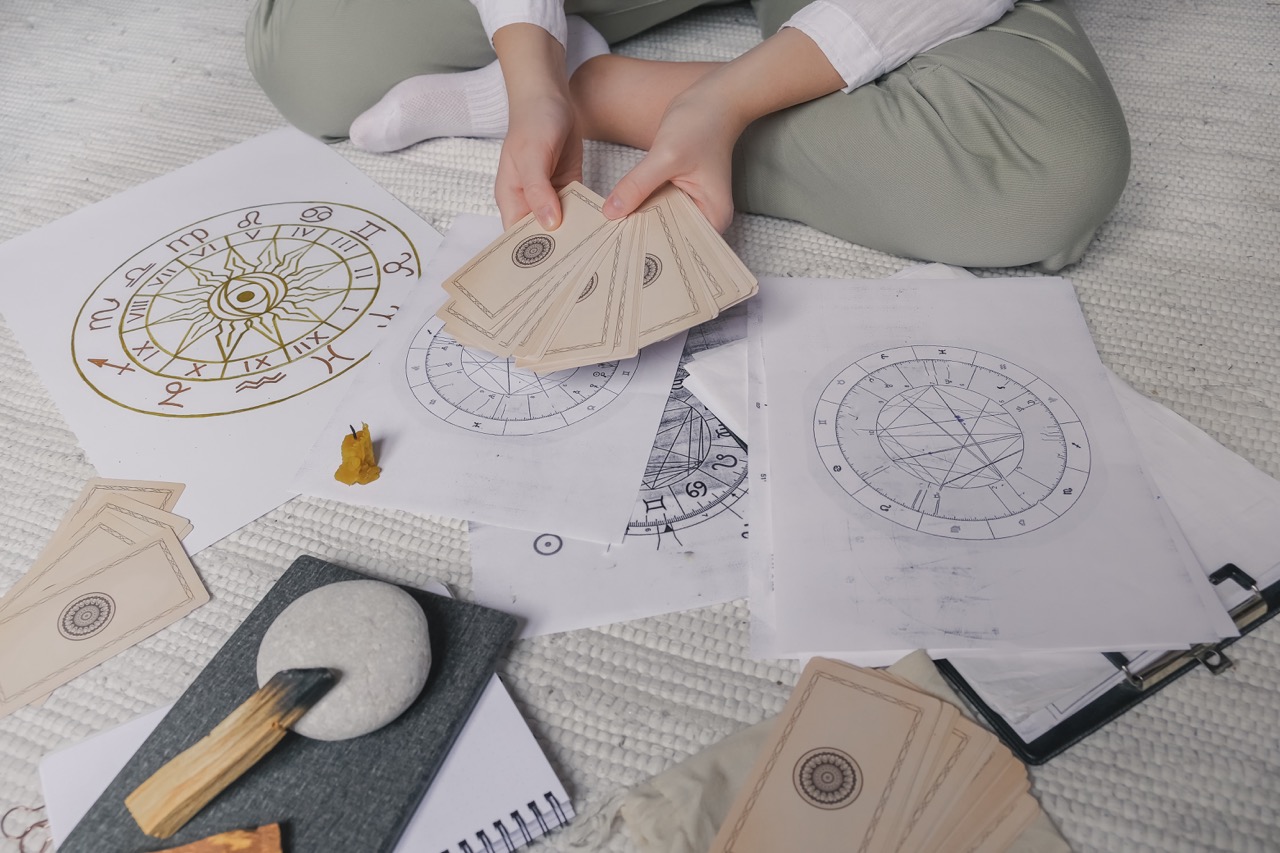In a world where the celestial realm seems just a breath away, astrology invites us to explore the mysteries of the universe and ourselves. For many, the allure of the stars opens up a path to self-discovery, reflection, and a deeper understanding of life’s ebb and flow. Whether you’re drawn to astrology for personal insight or a desire to connect with the cosmos, starting this journey can be an exhilarating experience. Here’s how to embark on your astrological adventure with confidence and curiosity.
1. Unlocking the Cosmos: Your Journey Begins Here
Your journey into astrology begins with a spark of curiosity—a question, a fascination, or perhaps a moment of serendipity. The cosmos has long captivated humanity, inspiring myths, art, and scientific inquiry. To start, take a moment to reflect on what astrology means to you. Is it a tool for personal growth? A way to connect with others? Or simply a fun way to explore character traits? Understanding your motivations will serve as your guiding star.
Next, immerse yourself in the culture of astrology. Read books, listen to podcasts, and follow reputable astrologers on social media. The language of astrology can be dense, filled with jargon and symbolism. However, don’t let that intimidate you. Instead, treat the learning process like a puzzle—each piece adding depth to your understanding of the whole. Embrace your beginner status; every seasoned astrologer was once a novice, deciphering the cosmic code.
Lastly, be patient with yourself. Astrology is a vast field that encompasses not only the zodiac signs but also planets, houses, and aspects. It can feel overwhelming at first, but the beauty lies in gradual discovery. Set small, achievable goals—maybe learn one new concept each week or keep a journal to track your observations and thoughts. Remember, every step you take brings you further into the enchanting world of astrology.
2. Celestial Basics: Understanding the Zodiac Wheel
At the heart of astrology lies the Zodiac Wheel, a circular diagram representing the twelve signs of the zodiac. Each sign corresponds to specific traits, influences, and energies that shape our personalities and experiences. Familiarizing yourself with these signs is crucial to your astrological education. Start by learning the elemental groups: Fire (Aries, Leo, Sagittarius), Earth (Taurus, Virgo, Capricorn), Air (Gemini, Libra, Aquarius), and Water (Cancer, Scorpio, Pisces). Each element carries its unique essence, guiding the characteristics of the signs within it.
As you delve deeper, consider the qualities of each sign. The zodiac is divided into three modalities: Cardinal, Fixed, and Mutable. Cardinal signs are initiators, Fixed signs are stable and reliable, while Mutable signs are adaptable and flexible. Understanding the attributes and modalities of each sign will help you appreciate the complexities of human behavior and relationships more fully.
Finally, explore the significance of the Sun, Moon, and Rising signs (also known as the Ascendant). Your Sun sign represents your core identity, the Moon sign reveals your emotional landscape, and the Rising sign shows how you present yourself to the world. This trio forms the foundation of your astrological profile, offering profound insights into your values, emotions, and interactions—tools that can enhance both personal and interpersonal understanding.
3. Charting Your Course: Decoding Birth Charts Made Easy
Once you grasp the basics of the zodiac, it’s time to venture into the realm of birth charts. A birth chart, also known as a natal chart, is a snapshot of the sky at the moment of your birth, capturing the positions of the Sun, Moon, and planets. It serves as a cosmic blueprint, revealing your unique personality traits, challenges, and life path. To get started, you’ll need your birth date, time, and location. There are numerous online tools that generate your birth chart for free, making this step accessible and exciting.
Interpreting your birth chart can seem daunting at first, but remember to approach it with curiosity. Begin by focusing on the placement of your Sun, Moon, and Rising signs. Explore how they interact with one another and what this means for your personality. Afterward, examine the houses—there are twelve, each representing different life areas, such as relationships, career, and home. The planets’ placements in these houses can provide insight into where your energies are most likely to manifest in life.
As you grow more comfortable with reading your birth chart, consider exploring aspects—these are the angles formed between planets that reveal dynamic interactions. For instance, a harmonious aspect might indicate ease in a particular area of life, while a challenging aspect may highlight lessons to be learned. Take your time as you decode these intricate layers, and remember that the journey of self-discovery through your birth chart is ongoing.
4. The Planetary Players: Meet Your Astrological Allies
In astrology, planets are not just celestial bodies; they are archetypal energies that influence our thoughts, emotions, and actions. Each planet represents specific qualities and themes, and learning about them is essential to understanding the influences at play in your life. The Sun embodies your core essence, while the Moon reflects your inner world. Venus governs love and beauty, Mars represents action and assertiveness, and Jupiter symbolizes growth and expansion. Familiarize yourself with each planet’s role to enhance your astrological toolkit.
Moreover, explore the outer planets—Saturn, Uranus, Neptune, and Pluto—whose slower transit through the signs creates generational influences that shape societal trends and collective experiences. Saturn, often seen as a taskmaster, teaches lessons of discipline and responsibility, while Jupiter invites exploration and abundance. Uranus inspires innovation and rebellion, Neptune opens the door to dreams and spirituality, and Pluto delves into transformation and power dynamics.
As you connect with these planetary players, consider incorporating their energies into your daily life. For example, on a day ruled by Venus, indulge in self-care or creative pursuits. When the moon is in a particular sign, tune into its energy to guide your emotional responses. By aligning your activities with the planets’ influences, you can cultivate a deeper connection with the cosmos and harness the power of astrology to enhance your life.
5. Aligning with the Stars: Daily Practices for Growth
Astrology is not just a theoretical study; it can also be a practical tool for daily living. Developing a daily practice that incorporates astrological insights can help you align with the energies of the universe. Start with simple rituals: keep a moon phase calendar and set intentions during the new moon, or express gratitude during the full moon to release what no longer serves you. These small practices can create a spiritual rhythm in your life, helping you stay connected to the cycles of the cosmos.
Another enriching practice is journaling. You can document your feelings, thoughts, and experiences in relation to current astrological transits. For instance, if a Mercury retrograde is approaching, reflect on past communication challenges and prepare for potential misunderstandings. By observing how celestial events influence your life, you’ll build a personal astrological narrative that deepens your understanding of the cosmos and your place within it.
Lastly, consider incorporating meditation or mindfulness practices. Focus on the qualities of a specific planet or sign that resonates with you. Visualize their energy enveloping you, reinforcing the attributes you wish to cultivate in your life. This intentional connection with the stars can foster personal growth, enhance your intuition, and illuminate your path forward.
6. Embracing Your Inner Astrologer: Community and Resources
As you journey deeper into the world of astrology, seeking community and resources can amplify your learning experience. Joining local astrology groups or online forums can provide you with support, insights, and camaraderie. Sharing experiences with fellow enthusiasts allows you to exchange knowledge and interpretations, enriching your understanding of astrological concepts. Embrace the spirit of collaboration, as each individual’s perspective can unveil new layers to the celestial tapestry.
Additionally, consider attending workshops or classes led by experienced astrologers. These structured learning environments can offer valuable insights, practical skills, and the chance to ask questions in real-time. Many astrologers also provide online courses, making it easier than ever to learn at your own pace. Seek out diverse perspectives to expand your horizons, as astrology is a field rich with varied interpretations and traditions.
Finally, remember to curate a library of resources that resonate with you. Whether it’s books, podcasts, or websites, find materials that align with your learning style. Some classic texts include "The Only Astrology Book You’ll Ever Need" by Joanna Martine Woolfolk and "Astrology for the Soul" by Jan Spiller. As you nourish your astrological knowledge, you’ll cultivate your inner astrologer and gain the confidence to navigate the cosmic landscape.
As you stand on the threshold of your astrological journey, remember that the stars are not distant entities but companions on your path of self-discovery. With each step you take, you unlock the mysteries of the cosmos while embracing the complexities of your own existence. Astrology, at its core, is a dance between the outer and inner worlds—a reminder that we are intimately connected to the universe. So, gather your star maps, engage with your community, and let the celestial journey guide you toward growth, understanding, and perhaps, a little magic.




